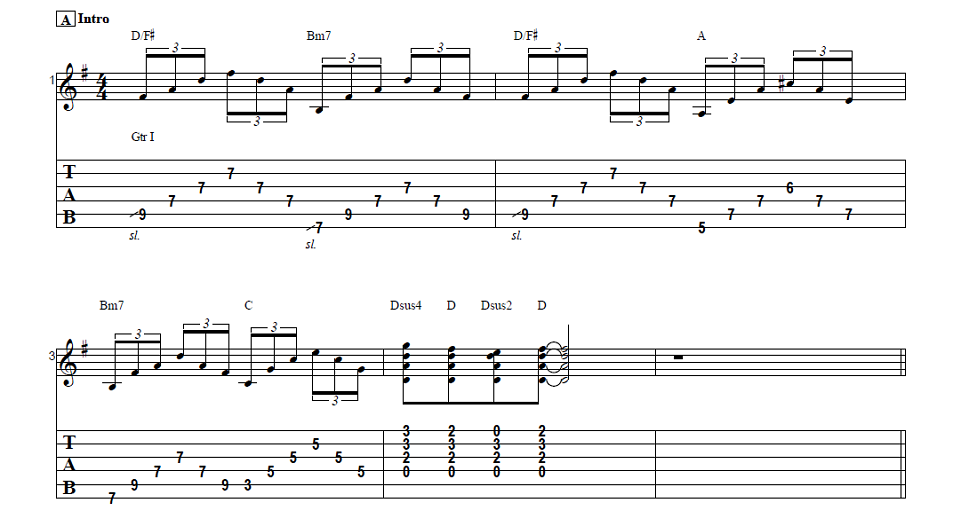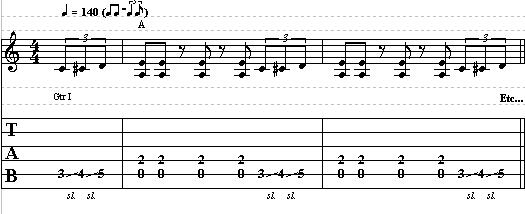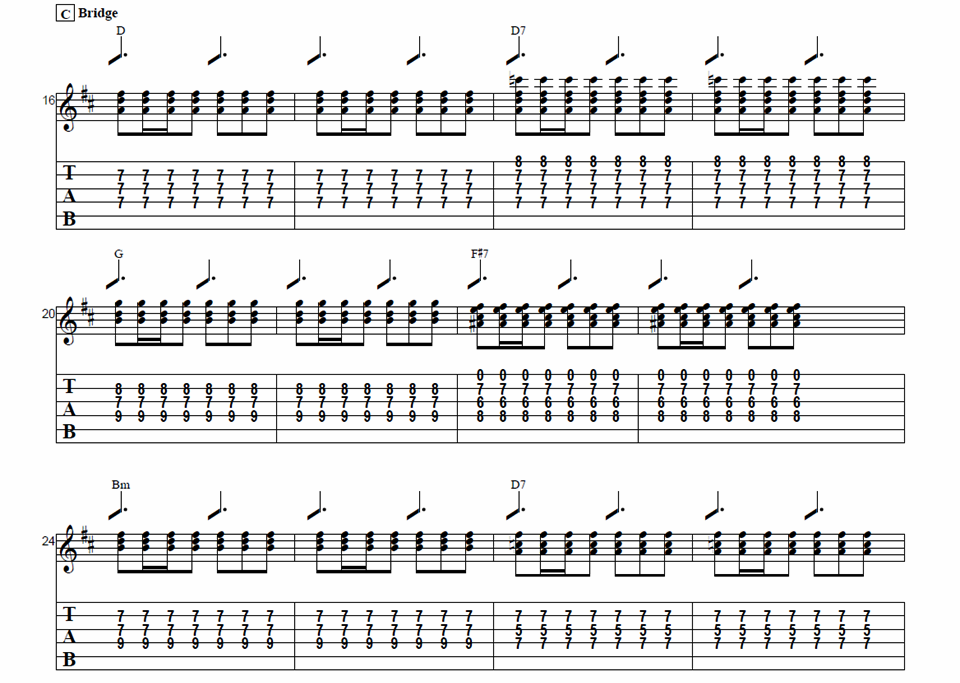So you wanna play guitar? Great! The universe can always use more music! But before you pick up that axe and start chopping, let’s go over some stuff….
First of all, ask yourself what kind of noise you wanna make. Do you prefer to sit and strum an acoustic guitar? Are you inclined to want to fingerpick a nylon-strung beauty? Do you break into a grin at the thought of dive-bombing an electric guitar through a volume-soaked amplifier, or do you want to artfully move your fingers over the neck of a sultry jazz box? Hey, maybe ‘all of the above’ is your answer, and that’s cool, too!
Sussing out your intentions is a good place to start, especially if you are considering taking lessons. I can’t tell you how frustrating it was for me as a teacher to have someone walk in for their first lesson with a classical guitar and ask me to teach them “Eruption” by Eddie Van Halen. You need the right tool for the job and you won’t know what that tool is until you do the research. “But Joe…what if I’m not sure what I want to play yet?” Good question! I suggest getting an all-around useful guitar like a Les Paul or a Telecaster. You can play just about any kind of music on either of those babies. Avoid the tremolo bar and the super-duper overdrive pickups. You can always add these later. “Should I buy something really cheap until I know I’m gonna stick with this?” I would advise against this.
Buying a cheap, poorly constructed guitar will defeat any chance you have of enjoying the initial guitar bonding experience. I’ve had students walk in with instruments that were impossible to keep in tune and felt like they were best suited for paddling a canoe.
Plus, there is very little resale value on guitars of that nature, so if you do decide to nix the idea of becoming a guitarist and take up knitting instead, you will be taking a loss or wind up throwing the wood and wires away. If you start out with a “pro” instrument that feels good and sounds good, you will remove a good portion of the physically challenging factor and be able to hit the ground walking, and if you still opt out, you can sell these guitars for a far better return on your investment.
Yes, there are certain entry-level axes that can be set up and modified to the “silk purse/sow’s ear” stage, but not everyone has the patience or time to deal with that, and once you modify an instrument, you lose even more value.
Here´s a good GUITAR LESSON FOR BEGINNERS
So…you’ve made your mind up and walked out of the store with a lovely instrument and you are ready to learn some chords and some licks with your fingers and some picks. Congratulations! Now go buy yourself a standard rubber ball. You heard me right. I’m talking about one of those pink, solid balls that toy stores carry. Why? If you grip it with your fingertips on your fretting hand and gently and evenly squeeze it throughout the day you will build up the muscles and chops necessary to articulate those open first position chords you will be starting on.
Just like the right guitar makes it easier for you to become a better student, the more strength you have to facilitate those chord shapes will give you a big leg up. There are very few natural hand positions that ready you for playing chords. Squeezing the ball with the tips of your fingers will give you that.
Next up: Time to actually play the guitar!
And what better than having the right material to learn from?
Check out our:




